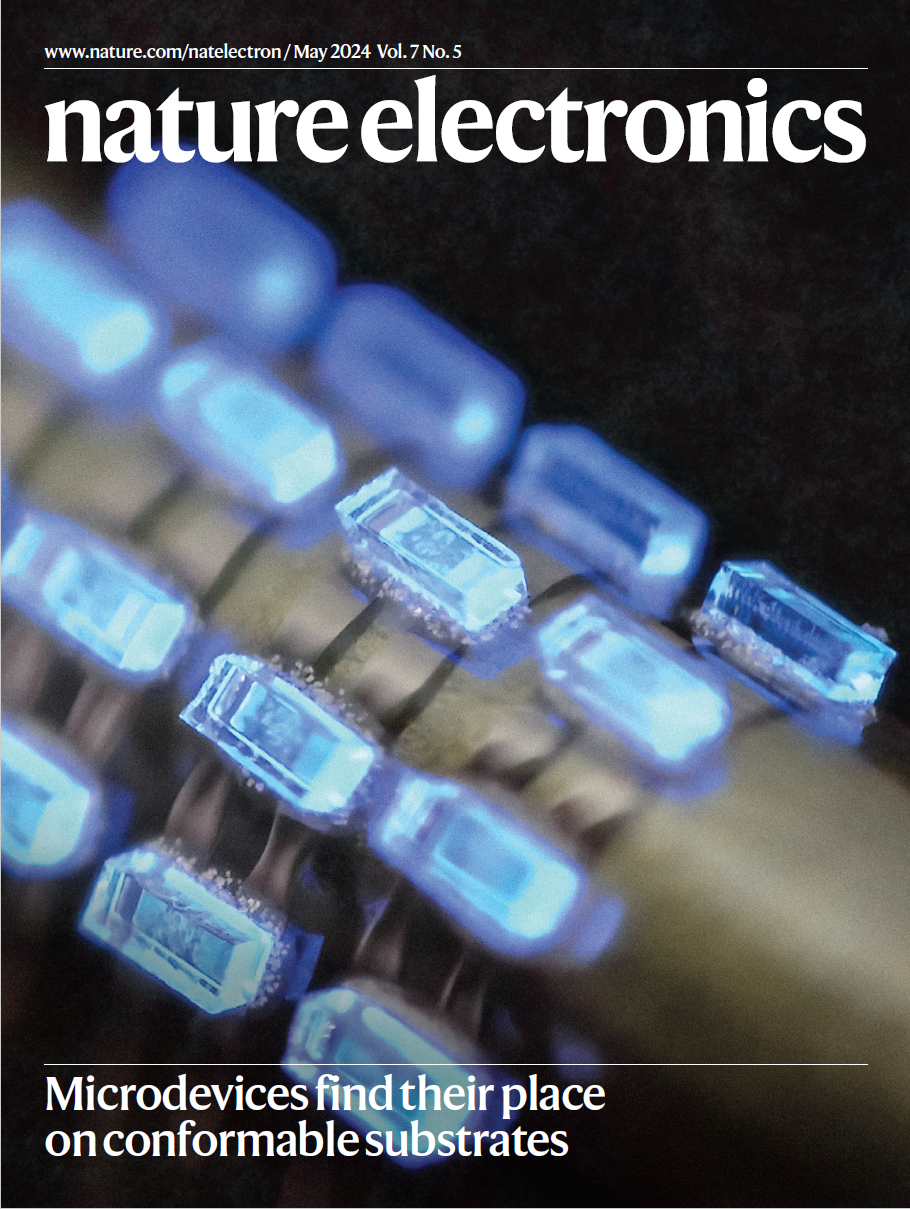- About
- Academics
-
Undergraduate Programs
- Civil and Environmental Engineering
- Architecture and Architectural Engineering
- Mechanical Engineering
- Industrial Engineering
- Energy Resources Engineering
- Nuclear Engineering
- Materials Science and Engineering
- Electrical and Computer Engineering
- Naval Architecture and Ocean Engineering
- Computer Science and Engineering
- Aerospace Engineering
- Chemical and Biological Engineering
-
Graduate Programs
- Civil and Environmental Engineering
- Architecture and Architectural Engineering
- Mechanical Engineering
- Industrial Engineering
- Energy Systems Engineering
- Materials Science and Engineering
- Electrical and Computer Engineering
- Naval Architecture and Ocean Engineering
- Computer Science and Engineering
- Chemical and Biological Engineering
- Aerospace Engineering
- Interdisciplinary Program in Technology, Management, Economics and Policy
- Interdisciplinary Program in Urban Design
- Interdisciplinary Program in Bioengineering
- Interdisciplinary Program in Artificial Intelligence
- Interdisciplinary Program in Intelligent Space and Aerospace Systems
- Chemical Convergence for Energy and Environment Major
- Multiscale Mechanics Design Major
- Hybrid Materials Major
- Double Major Program
- Open Programs
-
Undergraduate Programs
- Research
- Campus Life
- Communication
- Prospective Students
- International Office
Professor Yongtaek Hong's team develops 'selective positioning integration technology' for connecting microelectronic devices
-
Uploaded by
기획협력실
-
Upload Date
2024.06.05
-
Views
2,966
Professor Yongtaek Hong's team develops 'selective positioning integration technology' for connecting microelectronic devices.
"It will accelerate the commercialization of miniature flexible and stretchable electronic devices."

▲ (From left) Dr. Hyungsoo Yoon, Dr. Sujin Jung, Professor Yongtaek Hong from the Department of Electrical and Computer Engineering at Seoul National University, and Dr. Byungmoon Lee, postdoctoral researcher at Stanford University (currently a professor at DGIST)
The College of Engineering at Seoul National University has announced that Professor Yongtaek Hong's research team from the Department of Electrical and Computer Engineering has developed a "site-selective integration strategy" that physically and electrically connects microelectronic devices, such as micro LEDs, to highly stretchable and flexible electrodes/substrates.
This research has been published as the cover paper in the May issue of Nature Electronics, the world’s leading journal in the field of electronics.
In the fields of flexible and stretchable electronics, such as stretchable displays and electronic skin, it is essential to physically and electrically connect rigid electronic devices to electrodes/substrates that possess soft mechanical properties. However, conventional anisotropic conductive films degrade the stretchability and flexibility of electrodes/substrates due to their inherent rigidity. Conversely, adhesives with soft mechanical properties suffer from low stability in physical connections. Furthermore, as device sizes shrink, it becomes increasingly challenging to connect devices and circuits without electrical short circuits between closely spaced electrode terminals.
To address these challenges, the research team developed a new device integration method called "site-selective integration strategy."
This technology employs dip-transfer coating to selectively pattern adhesive materials only on devices, regardless of their size and type. By using a magnetic field to control the distribution of ferromagnetic particles mixed in the adhesive material, an anisotropic conductor is formed, enabling physical and electrical connections between devices and circuits/substrates.

Cover image of work in Nature Electronics
In particular, by minimizing the adhesive area with rigid properties, the stretchability and flexibility of the electrode/substrate were maximized. Consequently, this technology exhibited the highest stretchability and flexibility among the reported micro-LED arrays to date, allowing for the integration of electronic devices with any electrode, including structure-based/intrinsically stretchable electrodes, regardless of the properties of the electrode/substrate.
Additionally, the self-assembled conductive pillars, formed by a vertical magnetic field, electrically connected the device and the electrode while preventing horizontal conduction through repulsive forces generated between the pillars, effectively suppressing potential electrical short circuits between the electrode terminals.
Through this research, the team successfully integrated a micro IC driver and an LED display unit into a single flexible PCB, realizing an ultra-small wearable display/sensor system. This system is smaller than the smallest commercially available micro IC chip, demonstrating the potential for high-performance and highly flexible microelectronic systems in the future.
Professor Hong stated, “This research is significant as it has developed a technology that maximizes the mechanical properties of flexible and stretchable systems while systematically integrating high-performance microelectronic devices.” He added, “It will contribute to the commercialization of flexible and stretchable devices in the future.”
This research was supported by the Samsung Future Technology Development Program.
[Reference]
https://doi.org/10.1038/s41928-024-01159-3
[Contact]
Professor Yongtaek Hong at Seoul National University / 02-880-9567 / yongtaek@snu.ac.kr